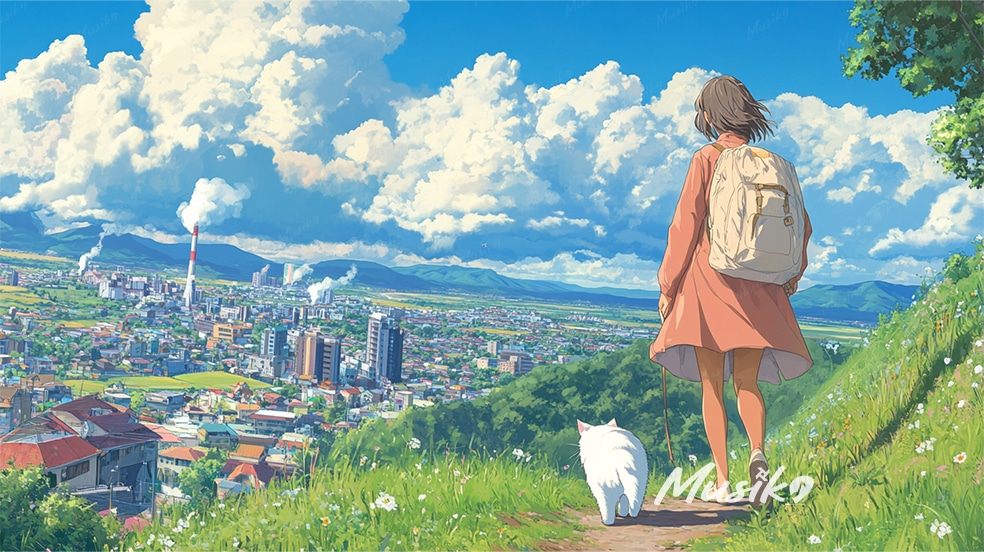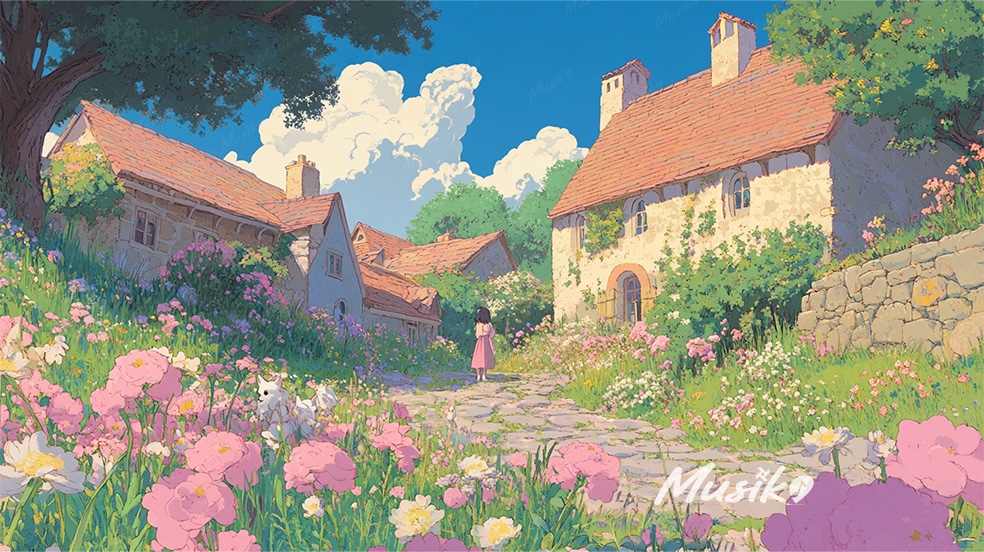🌄 Discover Danglas
Tucked quietly in the province of Abra, Danglas is a serene municipality where time seems to slow down, nature reigns supreme, and culture is deeply rooted in community life. Though lesser-known than its neighboring towns, Danglas offers a raw and unfiltered travel experience for adventurers, nature-lovers, and curious culture-seekers.
🏞️ Where Nature Hugs the Horizon
Danglas is surrounded by majestic mountains, winding rivers, and untouched forests. The Apao Rolling Hills is a jaw-dropping destination with a view that rivals Batanes — endless green hills that roll with the wind, making you feel like you’re standing on nature’s balcony. The Danglas River also invites visitors to chill, raft, or picnic along its tranquil waters.
🏯 Historic Landmarks & Sacred Sites
Danglas may be small, but it’s rich in soul. The Saint Joseph Parish Church stands as a symbol of faith and community spirit. Meanwhile, ancestral homes and traditional huts dot the landscape, showcasing indigenous Tingguian architecture and heritage.
🌾 Culture Deep in the Cordilleras
The municipality is a proud home of the Tingguian tribe, one of the major indigenous peoples in Abra. Locals continue to celebrate their pre-colonial traditions, including woven crafts, rituals, and tribal unity. Their community-based culture is rooted in respect for nature and communal living — values that remain strong today.
🗣️ Language that Tells Stories
The people of Danglas mostly speak Ilocano and Itneg (Tingguian dialect). These languages carry centuries of storytelling, oral history, and cultural identity that keep the town’s heritage alive.
🍲 Food for the Soul
Danglas dishes are hearty and traditional. Try local favorites like pinikpikan, etag (salted smoked meat), and binungor, a spicy snail and veggie dish. These are best paired with native rice and freshly harvested vegetables straight from the Cordillera farms.
🎉 Festivals that Celebrate Life
Each January, Danglas comes alive during the Feast of Saint Joseph, the town’s patron saint. Expect street parades, traditional dances, church activities, and communal feasting. It’s a great time to immerse yourself in local life and join the celebration.
🎶 Music Echoes from the Hills
Music in Danglas ranges from gongs and tribal beats during ceremonies to Ilocano folk songs that tug at your heartstrings. It’s raw, emotional, and deeply connected to the land and its people.
🌟 What Danglas is Known For
- Home of the peaceful Apao Rolling Hills
- A stronghold of Tingguian culture and tradition
- Untouched ecotourism spots perfect for hikers and explorers
- Authentic Abra culinary experience
- Warm and hospitable locals who greet you with a smile and a story










